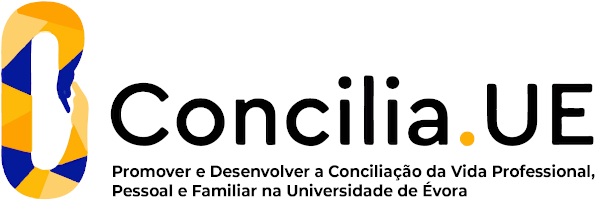Pine host chemistry and environmental factors driving the epidemiology of the pinewood nematode
- Universidade de Lisboa - Instituto Superior de Agronomia(líder)
- NOVA.ID.FCT - Associação para a Inovação e Desenvolvimento da FCT(parceiro)
- Universidade de Évora(parceiro)
Summary
Bursaphelenchus xylophilus, the pine wilt nematode (PWN), is an insect vector borne pathogen, the causal agent of the pine wilt disease (PWD). It is originated from North America (NA), and is the most destructive invasive pine pest in Far East Asia and Portugal. Generally, bottom-up, or host factors have been central to the understanding of plant? herbivore and/or pathogen interactions. This also seems to be the case of the PWN, since native pine trees in NA proved to be resistant to the PWD, while Eurasian pines, where the PWN is invasive, are very susceptible. Recent work in Portugal also points to differences in host species defenses playing a major role on the epidemics of the PWD, since the PWN affects mostly one the most dominant species in the territory - the maritime pine Pinus pinaster ? while another species - the stone pine P. pinea ? proved to be resistant. However this remains a somewhat neglected line of research in the study of the PWN system.
On the present project we want to assess to each extent the phytochemical profiles and defense strategies of different pine species determines resistance or susceptibility of natural forests to the PWN, and use this knowledge to predict and mitigate the severity of the effects of the PWD. On the first part of this project, different pine tissues (phloem and xylem) will be collected from different pine species, in Portuguese and NA forests, and during inoculation experiments of pine seedlings with PWN under controlled conditions. Differences in morphology of pine tissues will be evaluated, and its chemical composition analyzed for defensive and nutritive compounds. In the end it should be possible to identify the pine host phytochemical profiles and tissue morphology that most likely confer resistance to the PWN, and to isolate of specific compounds bioactive against the PWN that can potentially be used for the control of the PWD in field trials. Another applied outcome of the project will be the use of the acquired knowledge to predict the severity of the PWD at the continental scale, with a GIS database that will integrate the different data, in order to help build predictive models on the spread and damage caused by the PWD.
The project will join the expertise of the Forest Research Center (School of Agronomy) on the analysis of plant materials, with the expertise of the University of Evora on the PWN. The team of the Faculty of Science and Technology.
Goals, activities and expected/achieved results
Goals
On the present project it will be assessed to each extent the phytochemical profiles and defense strategies of different pine species determines resistance or susceptibility of natural forests to Bursaphelenchus xylophilus, the pine wilt nematode (PWN), and use this knowledge to predict and mitigate the severity of the effects of the pine wilt disease (PWD), the major biological disturbance presently affecting portuguese pine forests. These objectives will be achieved comparing pines tissues chemical and morphological composition in different pine specie with different susceptibilities to the PWN, both in mature trees in pine forests in North America and Portugal and in inoculation essays with pine seedlings under controlled conditions. Data will be used to test major hypothesis regarding plant/ pathogen interactions, built models to predict the severity of the PWD; and to isolate specific compounds bioactive against the PWN that can potentially be used for the control of the PWD.
(New University of Lisbon) will be responsible for building and managing a database with the results, which can potentially be used to built predictive models of the PWD.
Activities
- Greenhouse study
- In situ study
- Seasonal variation
- Chemical and structural analysis
- Bioassays with B. xylophilus
- Modeling pinewood disease risk according with pine species distribution
Results
As with all research and development projects, it will be a crucial to publish the results obtained during the present project in high impact peer review journals. Publications will be divided equally in applied and theoretical subjects. Researchers participating in the project will participate in several scientific meetings to present ongoing research to its peers. These activities will be important, not only to disseminate results among peers, but also to receive critical feedback and validate the work done.
At the end of the project a seminar will be organized to present the major findings of the project. This seminar will be directed not only to researchers, but also to forest managers and stakeholders, as well as representatives of industry, which may be interested in applying the knowledge of bioactive compounds against the PWN. The PWN is a pine pest of major economical importance, for Portugal and worldwide. Predicting the susceptibility of different pine species is of major importance for forest managers and producers. Thus knowledge obtained in the present project will be transmitted to stakeholders through local meetings, and the printing of pamphlets explaining differences in tree susceptibility.
Institutions participating on the present project have solid experience in outreach activities, and strong ties with industry and forest stakeholders, which will be important to establish the connections needed to pass the information obtained in the present project to industry and forestry sector.





















